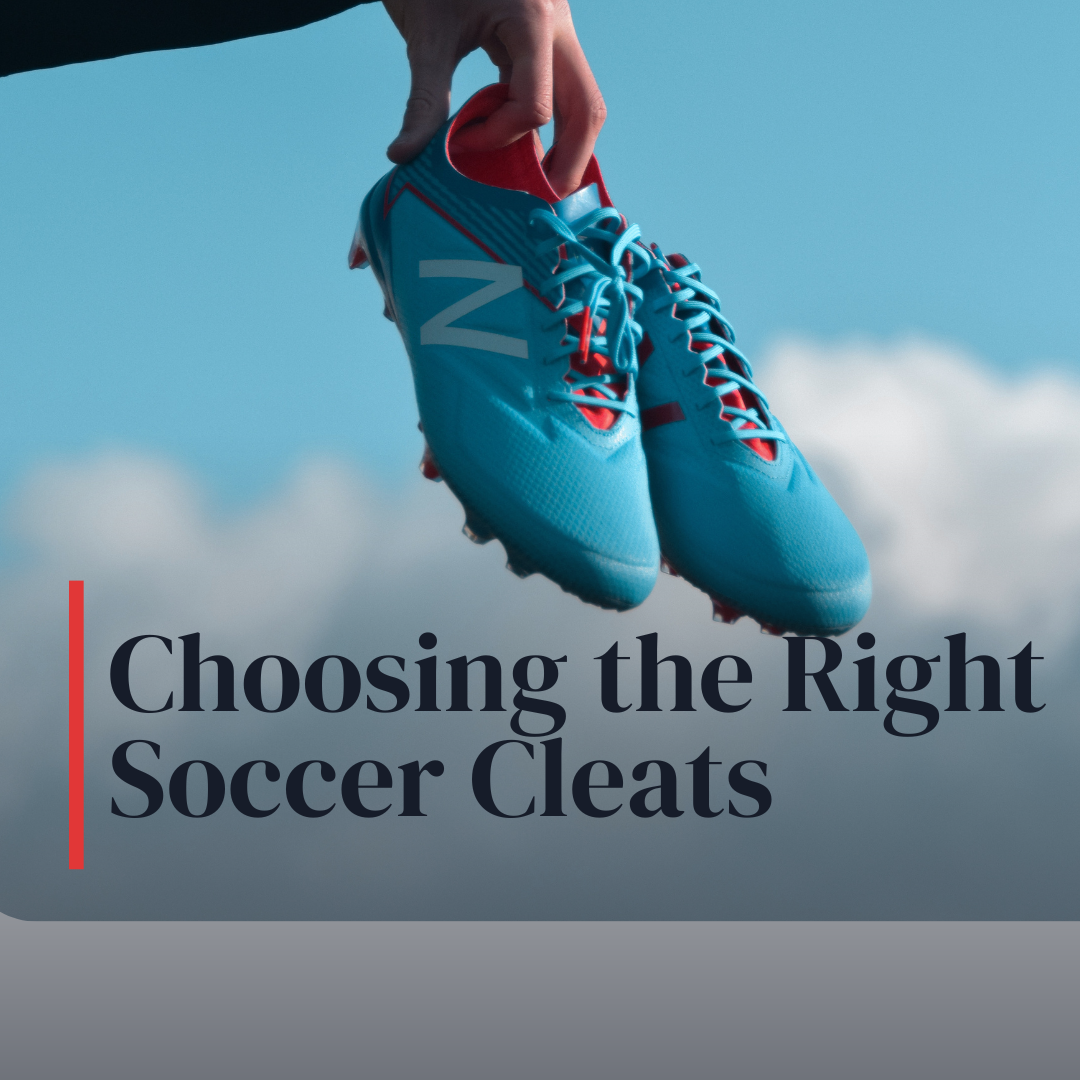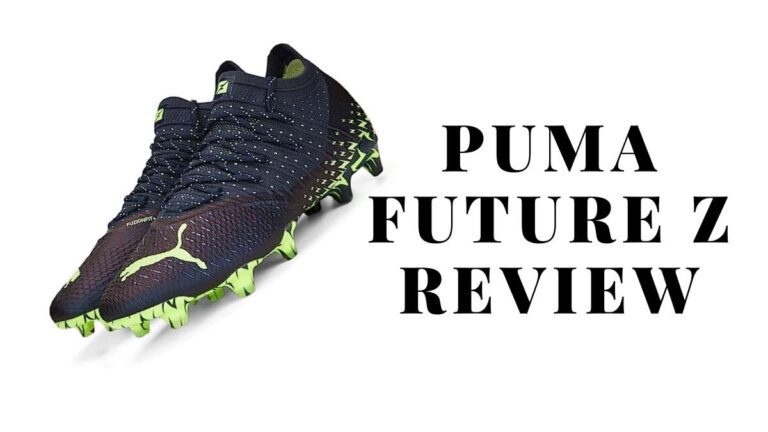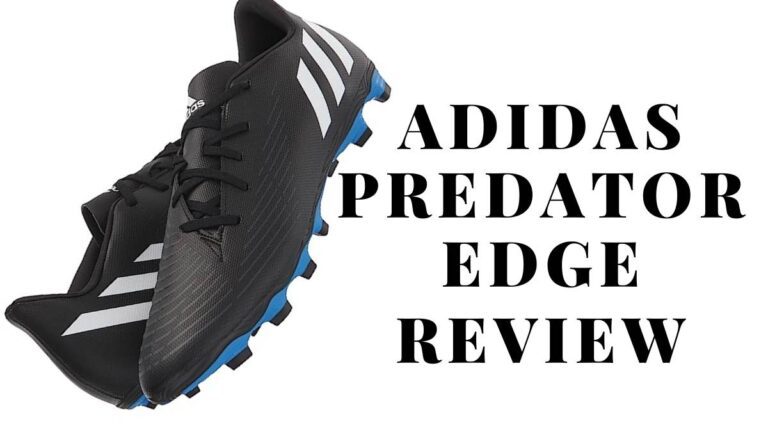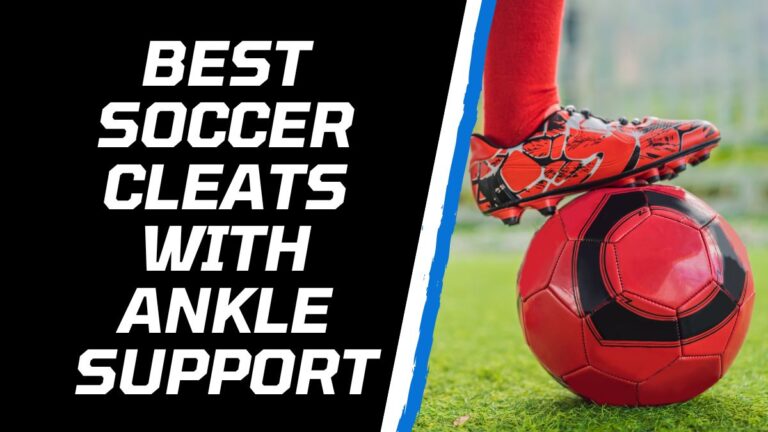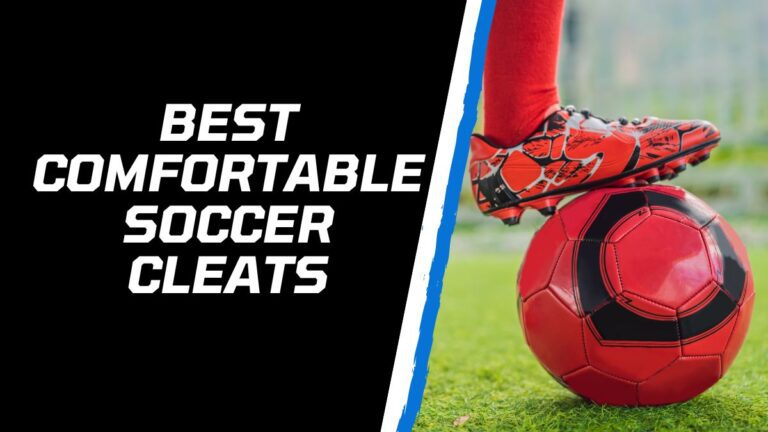How to Choose Soccer Cleats – A Full Buying Guide (2024)
So you probably know that soccer cleats are one of the most important pieces of equipment for soccer players. This is because soccer cleats come with features like studs or blades on the sole to give you grip and traction on the field. What’s cool is that there are so many styles, materials, and designs to choose from, each suited for different playing surfaces and conditions.
So, it’s important to pick the perfect soccer cleats for you, no matter your skill level. With the right pair, you can enhance your performance, reduce the risks of injuries, and enjoy the support and comfort you need to play your best game. But be careful, choosing the wrong pair can have the opposite effect, causing discomfort and even injuries.
In this article, we will delve into the various types of soccer cleats available and provide insights on how to choose soccer cleats according to your individual requirements. Whether you’re playing on natural grass, artificial turf, or indoor surfaces, we will help you in navigating the intricate world of soccer cleats to discover the perfect match for you.
How to Choose Soccer Cleats – Types of Soccer Cleats
Before you decide what soccer cleat to buy, it would be wise for you to learn about the different types of soccer cleats.
Firm Ground (FG) Cleats
Firm ground cleats, also known as FG cleats, are the most popular type of soccer cleats and are ideal for playing on natural grass fields. They feature molded studs on the outsole that provide traction and stability on firm, dry surfaces. The studs on FG cleats are usually conical or bladed in shape, with varying lengths and configurations.
Benefits:
- Excellent grip and control on natural grass
- Quick acceleration and sharp turns
- Ideal for dry conditions
Soft Ground (SG) Cleats
Soft ground cleats, also known as SG cleats, are designed for playing on wet, muddy, or soft natural grass fields. They feature longer studs than FG cleats that can penetrate the softer surface, providing better traction and preventing slipping. SG cleats have removable studs to allow for customization depending on the field conditions.
Benefits:
- Better traction and grip on soft or wet fields
- Prevent slipping on muddy surfaces
- Customizable for field conditions
Artificial Ground (AG) Cleats
Artificial ground cleats, also known as AG cleats, are designed for playing on artificial turf surfaces, such as AstroTurf or synthetic grass. They feature shorter, numerous, and evenly distributed studs that provide traction and stability on the hard, abrasive surface of artificial turf.
Benefits:
- Enhanced traction and stability on artificial turf
- Prevent slipping on hard surfaces
- Durable and long-lasting
Indoor (IN) Cleats
Indoor cleats, also known as IN cleats or futsal shoes, are designed for playing soccer on indoor surfaces, such as gymnasiums or indoor soccer fields. They feature a flat outsole that provides grip and traction on smooth, hard surfaces, such as polished concrete or wooden floors.
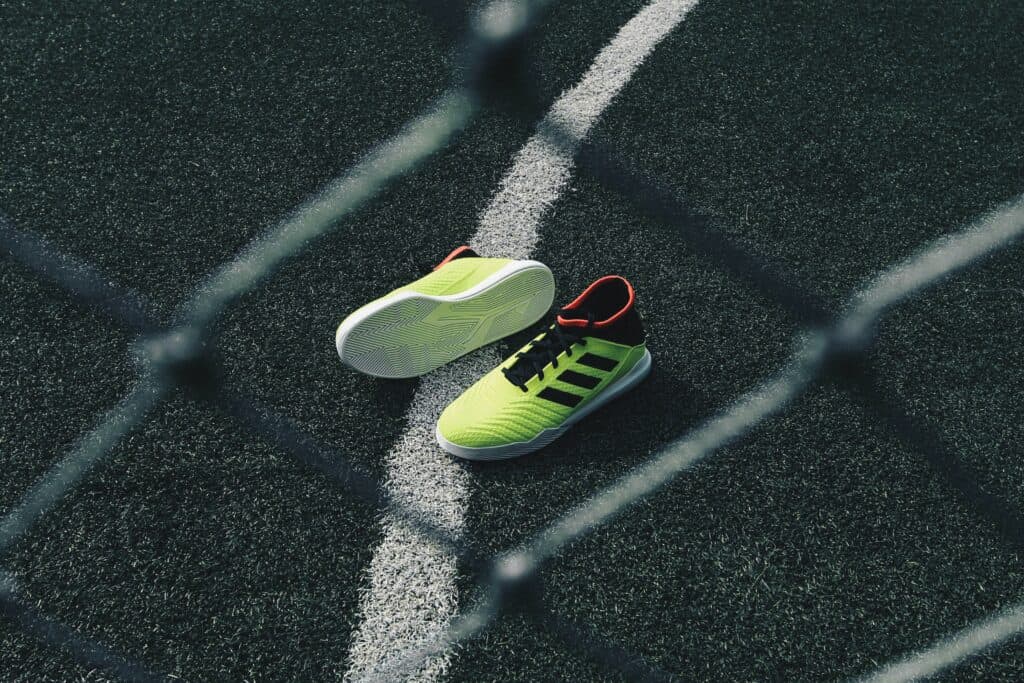
Benefits:
- Lightweight and flexible for quick movements
- Non-marking outsole that won’t leave scuffs or marks on indoor surfaces
- Ideal for indoor soccer and futsal
By understanding the different types of soccer cleats available and their respective benefits, you can choose the right pair of cleats that will enhance your performance and keep you comfortable and safe on the field.
Considerations When Choosing Soccer Cleats
There are multiple considerations that you’ll have to make when choosing soccer cleats for yourself. Let’s go through them one by one!
Player Position
The position a player typically plays in can have a significant impact on the type of cleats they should wear. Forwards and wingers may prefer cleats that are lighter and have a more streamlined design to aid in quick movements, while defenders and midfielders may prefer cleats that provide more stability and support. Goalkeepers may prefer cleats with a wider base to aid in balance and quick movements.
Material
Soccer cleats are typically made of synthetic materials or leather. Synthetic cleats are often more affordable and provide better water resistance, but they may not offer the same level of comfort and durability as leather cleats. Leather cleats tend to offer better comfort and durability, but they may be less water-resistant and require more maintenance.
Fit
The fit of soccer cleats is critical for both comfort and performance. A proper fit will prevent blisters and other foot injuries and provide the necessary support and stability. It’s recommended to try on soccer cleats with the same type of socks you plan to wear while playing and to ensure that there is a little bit of space between the end of the toe and the front of the cleat to prevent toe injuries.
Comfort
Comfort is another important consideration when choosing soccer cleats. A comfortable pair of cleats will allow you to play longer and with more confidence. Look for cleats that have ample padding and support in the heel, ankle, and midfoot areas, and try on different styles to find the ones that feel the most comfortable.
Brand
Brand reputation can also play a role in choosing soccer cleats. Different brands may offer different features and styles, and it’s important to do research and read reviews to find a reputable brand that meets your specific needs and preferences. Some of the most popular soccer cleat brands include Nike, Adidas, Puma, and Under Armour.
By considering these factors when choosing soccer cleats, you can find a pair that is tailored to your playing style and needs, providing optimal comfort and performance on the field.
Features of Soccer Cleats
Soccer cleats are designed with various features that can impact their performance and durability. Understanding these features can help you make a more informed decision and you’ll learn how to choose soccer cleats more effectively. Here are some of the key features to consider:

Outsole
The outsole of a soccer cleat is the bottom part of the shoe that comes into contact with the ground. It is typically made of rubber or synthetic material and contains cleats that provide traction and grip. Outsoles can vary in stiffness and flexibility, depending on the type of surface you will be playing on.
For example, firm ground cleats are designed for use on natural grass surfaces, while soft ground cleats are designed for use on wet or muddy fields.
Upper
The upper of a soccer cleat is part of the shoe that covers the top of your foot. It can be made of various materials, including synthetic leather, natural leather, mesh, or a combination of these materials. The upper can impact the comfort, durability, and performance of the cleat.
For example, a synthetic upper may be more durable and water-resistant than a leather upper, while a leather upper may provide a more comfortable and natural fit.
Midsole
The midsole of a soccer cleat is the layer of material between the outsole and the upper that provides cushioning and support. Some cleats have a thicker midsole for added comfort, while others have a thinner midsole for a more responsive feel. The type of midsole you choose can depend on your playing style and personal preferences.
Insole
The insole of a soccer cleat is the layer of material inside the shoe that provides additional cushioning and support for your foot. Some insoles are removable, allowing you to replace them with custom orthotics or inserts. Insoles can impact the comfort and support of your cleats, and it’s important to choose a pair that has a comfortable and supportive insole.
Lacing system
The lacing system of a soccer cleat can impact the fit and performance of the shoe. Some cleats have a traditional lacing system, while others have a laceless design or a different type of closure, such as a Velcro strap. The lacing system you choose can depend on your personal preferences and playing style.
By understanding the features of soccer cleats, you can make a more informed decision when selecting a pair that meets your needs and preferences. Consider the type of surface you will be playing on, the level of comfort and support you require, and the type of fit and closure you prefer.
How to Find the Right Size
Finding the right size soccer cleat is essential to ensure optimal performance and comfort on the field. Here are two key ways to find the right size for you:
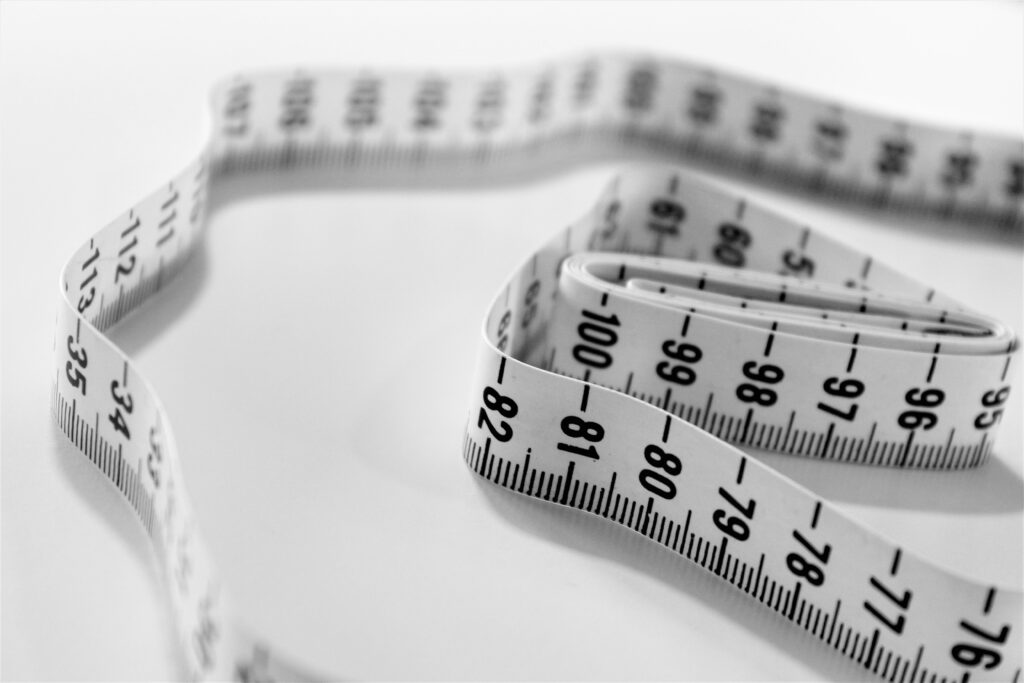
Measuring your feet
One way to find the right size soccer cleat is to measure your feet. You can do this by standing on a piece of paper and tracing the outline of your foot. Then, measure the length of your foot from the heel to the longest toe. Use these measurements to find your size on the manufacturer’s size chart. Keep in mind that different brands may have slightly different size charts, so it’s important to check the specific chart for the brand you are interested in.
Trying on different sizes and styles
Another way to find the right size is to try on different sizes and styles of soccer cleats. This can help you determine which size and style provides the best fit and comfort for your feet. When trying on cleats, wear the type of socks you would normally wear during a game, and lace the cleats up tightly to get a good sense of how they will feel on the field.
Walk around in them for a few minutes to test their comfort and fit, and make sure there is enough room in the toe box for your toes to move around comfortably.
It’s also important to try on different styles of cleats, such as those with different types of uppers or outsoles. This can help you determine how to choose soccer cleats that provide the best combination of fit, comfort, and performance for your needs.
By measuring your feet and trying on different sizes and styles, you can find the right-size soccer cleat that provides optimal comfort and performance on the field. Remember to consider the specific features of the cleats, as well as your personal preferences and playing style, when making your selection. I
How to Care for Your Soccer Cleats
Investing in a quality pair of soccer cleats can be a significant investment, so it’s important to take care of them to ensure they last as long as possible. Here are two key ways to care for your soccer cleats:
Cleaning and maintaining your cleats
After each game or practice, it’s important to clean your soccer cleats. Use a soft-bristled brush or cloth to remove dirt and debris from the upper and outsole of the cleats. You can also use mild soap and warm water to gently clean the cleats. Avoid using harsh chemicals or abrasive materials that can damage the materials.
It’s also important to maintain the cleats by regularly checking the laces and studs to ensure they are tight and secure. Loose laces or studs can cause discomfort and affect performance.
Storing your cleats
When not in use, it’s important to store your soccer cleats in a cool, dry place. Avoid leaving them in direct sunlight or near sources of heat, as this can damage the materials. You can also stuff the cleats with newspaper or a shoe tree to help them maintain their shape and prevent odor buildup.
Final Thoughts
Choosing the right soccer cleats can make a significant difference in your performance on the field. By considering important factors such as player position, material, fit, and brand, as well as key features such as the outsole, upper, midsole, insole, and lacing system, you will be able to learn how to choose soccer cleats that are perfect for you.
In addition to choosing the right cleats, it’s important to care for them properly to ensure they last as long as possible. This includes cleaning and maintaining them regularly, as well as storing them properly when not in use.
By following these tips and investing in quality soccer cleats, you can improve your game and enjoy the benefits of comfortable, supportive footwear on the field.

